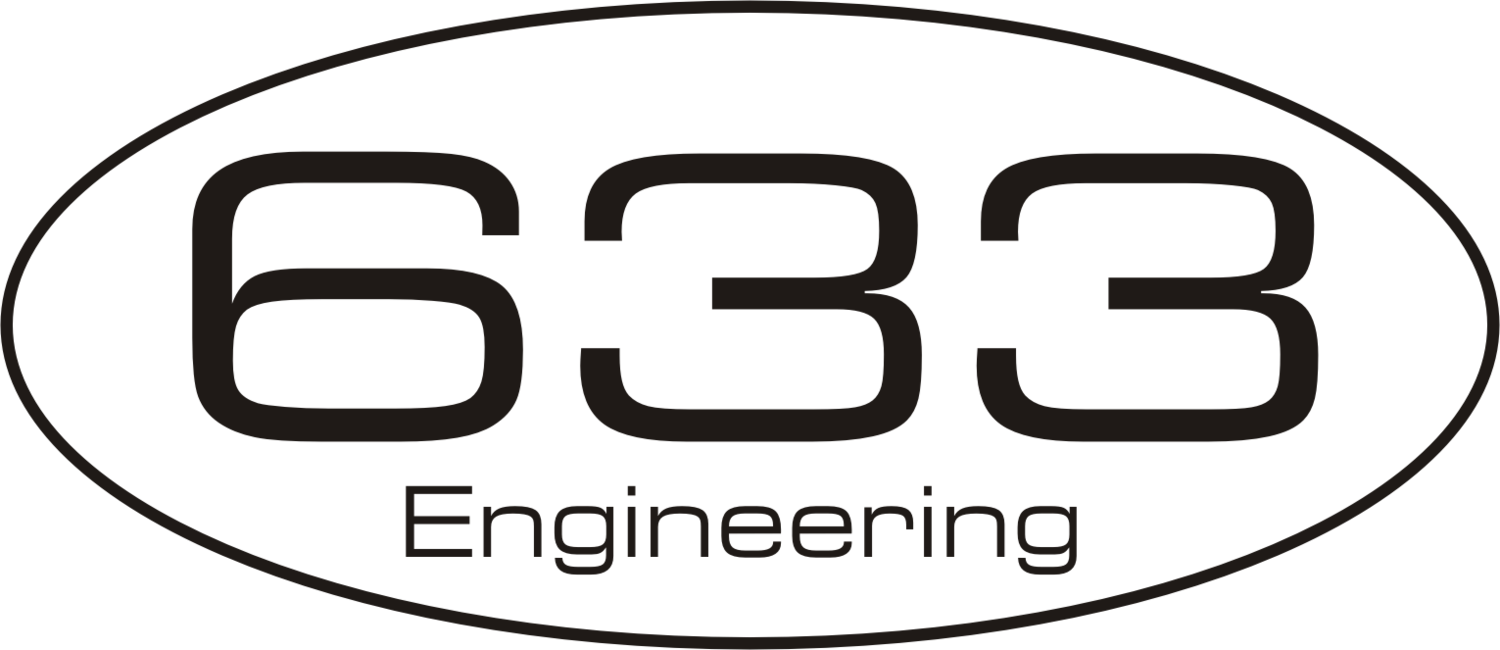The Sound of Analogue - part 2
Continued.........
A year later, as the music industry tightened it's budgets and started to embrace lower cost recording, Powerplant Studios closed it's doors. I felt that the golden age of recording studios had come to an end.
After a spell of freelancing building project studios and working in Denmark Street music shops I went back to working at Soundcraft, initially installing and commissioning broadcast consoles. In this world the performance of analogue audio equipment was still of the highest importance, though it was starting to go digital in places.
Later on I started working on Live sound mixer design with the R&D department. Soundcraft were losing out to a company called Midas. I'd go out with on the road with Product Manager Andy Brown ( no relation - though we started at Soundcraft on the same day in 1984, played in a band together and shared a house for a while) and talk to sound engineers and the general consensus was that the Midas consoles sounded warmer. This was a hard pill for the engineers at Soundcraft to swallow. How to you design in something as subjective as warmth?
My job for the next year was looking into this problem and to find a way to quantify the subjective side of audio performance. I managed to persuade one of the rental companies that had both Soundcraft and Midas consoles to do a real life A/B test. I think it was Birmingham City Hall where both desks were set up side by side with a mic splitter and a switch to select which one fed the PA system. It was sound check time - I'm not entirely sure who the band was - possibly Del Amitri. One of the first things the sound engineer remarked upon was how loud the Midas sounded compared to the Soundcraft. He also demonstrated how different the snare drum sounded on the two desks. And then a kick drum. Both channels were set flat - no EQ, filters or dynamics processing. For me the difference was as clear as day.
So I hired a Midas console for a week and measured it. I looked at noise, distortion, frequency response, dynamic range and headroom. I then delved further and looked at the distortion spectrum - the levels of each of the harmonics that were produced when the console distorted. What I found was two things of importance. Firstly the input meters on the Midas were less sensitive than those in the Soundcraft. This meant the engineer would run the mic amps hotter on the Midas. This triggered a memory recall from my studio days when an engineer had called me into the studio to look fix a broken meter on a Harrison console. A clave (woodblock) had been recorded onto tape. It could be heard when played back but there no movement from the VU meter. This was because the sound of the clave was so transient ( a high peak to average ratio) that the averaging meter didn't register it. Secondly, compared to the Soundcraft, the Midas mic amps clipped or distorted in a more benign way. What was happening in the A/B test I heard was the transient part of the drums being clipped in a nice way producing a more harmonically rich sound and reducing the peak level of the drums - like a limiter. This made them effective louder and punchier and bigger and to the engineers ears better. When the engineer used the Soundcraft desk with its peak meters he would run the channels at lower gain and compensate in the master fader. One could argue that the Soundcraft desk was technically better and it was the shortcomings of the Midas console that was causing the difference is sound. However the consensus was that the Midas sounded better.
Since then there has been a huge shift in the way audio equipment is judged, not just on it's measured audio performance, but on it's sound. Words such as fat, open, warm, airy and woody get used on regular basis to described how a piece of equipment sounds. Even with equipment that is not expected to contribute anything - such as cable! It has opened the floodgates for the marketing departments of equipment manufacturers. And particularly in this confusing age of digital audio which some perceive as 'cold' or hard' the sales of equipment to restore 'warmth' and 'depth' has been massive. Ironically one of the biggest successes in this arena is with software plug-ins that are intrinsically digital.
To be continued ............................
